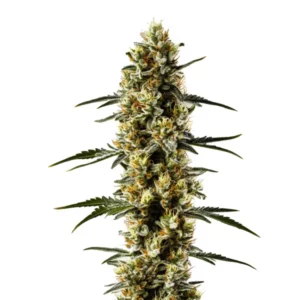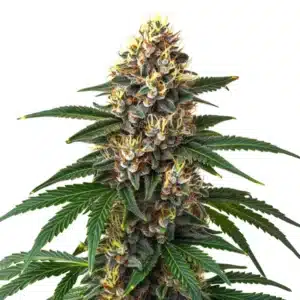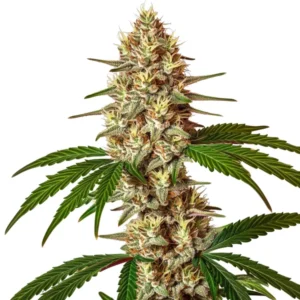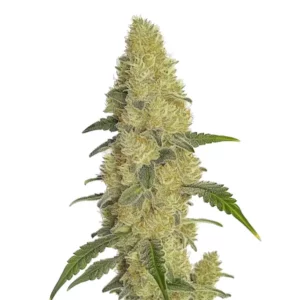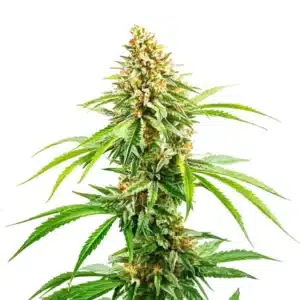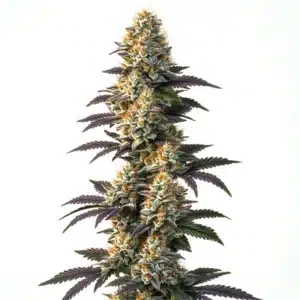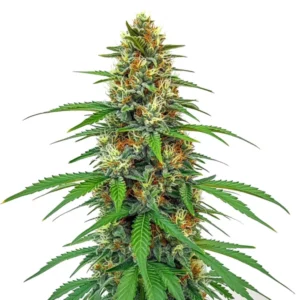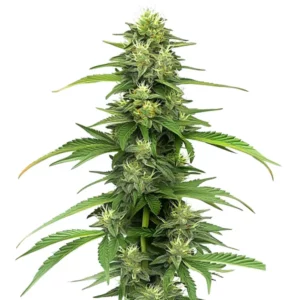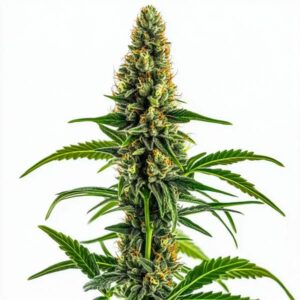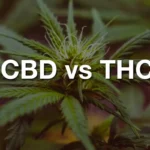
Weed and Muscle Spasms: How It Can Help
Muscle spasms can strike at any time, causing sudden and intense pain that can disrupt your day-to-day activities. For years, many individuals have turned to cannabis as a natural alternative to relieve these sudden cramps. The relationship between weed and muscle spasms has gained significant attention, as research and anecdotal evidence continue to support the potential of cannabis to provide relief. But how exactly does weed help muscle spasms, and what factors should be considered when incorporating it into a wellness routine?
What Are Muscle Spasms and How Can Weed Help?
Muscle spasms, also known as muscle cramps, occur when a muscle tightens and contracts involuntarily, often causing pain that can last anywhere from a few seconds to several minutes. These spasms can result from a variety of causes, including dehydration, excessive physical exertion, or chronic conditions such as multiple sclerosis (MS) or amyotrophic lateral sclerosis (ALS). Managing muscle spasms can be challenging, particularly when conventional treatments fail to provide lasting relief. This is where cannabis enters the conversation as a potential solution.
Recommended Strains
Candida CBD
|
|
CBD | 10% – 20% (Medium) |
|
|
Type | CBD Feminized |
|
|
Yield | Low |
|
|
Phenotype | 50% Indica / 50% Sativa |
Candy Kush
|
|
THC | 14% - 19% (Medium) |
|
|
Type | Feminized |
|
|
Yield | Medium |
|
|
Phenotype | 60% Indica / 40% Sativa |
Weed helps muscle spasms by interacting with the body’s endocannabinoid system (ECS), a complex regulatory network that influences pain perception, inflammation, and muscle function. The cannabinoids found in cannabis, including THC and CBD, bind to receptors within the ECS, potentially reducing muscle tension, calming nerve impulses, and easing inflammation in affected areas.
Weed’s Effects on Muscle Control
The endocannabinoid system plays a key role in regulating various bodily functions, including muscle coordination and control. When cannabis is consumed, its active compounds interact with CB1 receptors located in the brain and central nervous system, as well as CB2 receptors in peripheral tissues. This interaction can lead to reduced muscle stiffness, improved flexibility, and diminished pain signals. Patients with neurological disorders, such as MS, often report enhanced muscle control and fewer episodes of spasticity after using cannabis.
Scientific studies have highlighted how cannabinoids affect neurotransmitter release, modulating signals that trigger involuntary muscle contractions. This modulation is what allows users to experience relief from chronic spasms without relying solely on pharmaceutical medications.
THC vs. CBD for Reducing Muscle Spasms
While both THC and CBD are known to assist with muscle relaxation, they do so in different ways. THC, the psychoactive component of cannabis, provides rapid relief by reducing pain perception and promoting deep muscle relaxation. This can be particularly beneficial for acute spasms that cause intense discomfort. However, the intoxicating effects of THC may not be desirable for all users, especially those who need to maintain focus and productivity.
CBD, on the other hand, is non-intoxicating and known for its anti-inflammatory properties. By reducing inflammation and oxidative stress in muscles, CBD can help alleviate chronic spasms over time. Many patients find that a balanced ratio of THC and CBD offers the best results, combining immediate muscle relaxation with long-term anti-inflammatory support.
Promos & Deals
Does Weed Help with Muscle Spasms? Facts and Myths
The question, does weed help with muscle spasms, is frequently asked by those seeking alternative pain relief options. Although cannabis use has grown in popularity, it’s essential to distinguish between scientifically supported facts and common misconceptions. Understanding these differences helps users make informed choices about incorporating cannabis into their treatment plans.
What Science Says About Cannabis and Muscle Spasms
Several clinical studies have explored the effectiveness of cannabis in managing muscle spasticity. One prominent study published in Neurology examined patients with multiple sclerosis and found that cannabis extracts significantly reduced muscle stiffness, spasms, and associated pain. Additionally, research on cannabis’s effect on motor control disorders, such as dystonia and Parkinson’s disease, has shown promising results, indicating that cannabinoids may support improved movement and reduced tremors.
While many studies highlight the benefits of cannabis, more large-scale clinical trials are needed to establish definitive guidelines for dosage, cannabinoid ratios, and strain selection. Until then, patients and healthcare providers often rely on a combination of research and personal experience to develop customized treatment plans.
Misconceptions About Cannabis Use for Muscle Disorders
There are several myths surrounding the use of cannabis for muscle disorders. One of the most common misconceptions is that users must experience a high to achieve symptom relief. In reality, CBD-dominant products and low-THC strains can provide therapeutic benefits without intoxication. Another misconception is that cannabis works instantly for everyone. While some individuals may experience immediate relief, others may need to experiment with different strains and consumption methods to find what works best.
It’s also worth noting that cannabis is not a one-size-fits-all solution. Factors such as individual body chemistry, tolerance, and the severity of muscle spasms all play a role in determining how effective cannabis will be. Educating users on these variables can help set realistic expectations for treatment outcomes.

How to Use Weed to Manage Muscle Spasms
Finding the right consumption method is essential when using weed to manage muscle spasms. Different methods of cannabis intake offer varying onset times and durations of effects, allowing users to tailor their approach to their specific needs. Whether you prefer fast-acting relief or long-lasting effects, there are several options to consider.
Choosing the Right Method: Smoking, Edibles, or Oils
Smoking or vaping cannabis delivers rapid relief, typically within minutes. This makes it ideal for addressing sudden muscle spasms. However, the effects of inhalation methods may wear off within a few hours, requiring multiple doses throughout the day for sustained relief. For those who prefer a longer-lasting option, edibles and oils provide effects that can last between six to eight hours, though they may take up to an hour to take effect.
Topical cannabis products, such as creams and salves, offer localized relief without entering the bloodstream. These are particularly useful for targeting specific muscle groups without causing systemic effects or psychoactivity. Each method has its advantages, so users may need to experiment to determine which works best for their condition.
Dosage Recommendations for Muscle Spasm Relief
Determining the right dosage can be a process of trial and error, especially for beginners. Experts recommend starting with a low dose and gradually increasing until the desired effects are achieved. For THC, a microdose of 2-5 mg may be sufficient for mild spasms, while those with severe pain may require higher doses under medical supervision. For CBD, daily doses ranging from 10-50 mg are common for reducing inflammation and promoting muscle relaxation.
Combining cannabinoids through full-spectrum products can enhance the overall effectiveness of cannabis therapy. Patients should also monitor their symptoms and adjust their dosage based on factors such as tolerance, stress levels, and physical activity.

Benefits and Potential Side Effects
Weed offers multiple benefits for managing muscle spasms, but it’s not without potential side effects. Being aware of these effects can help users minimize risks while maximizing therapeutic outcomes. By carefully selecting strains, dosages, and consumption methods, users can tailor their cannabis experience to meet their needs.
Short-Term Relief vs. Long-Term Management
Cannabis provides immediate relief from acute spasms by relaxing muscles and dulling pain signals. However, regular use may also contribute to long-term improvements in muscle health by reducing chronic inflammation and promoting neuroprotection. Patients with ongoing conditions often find that incorporating cannabis into their routine helps decrease the frequency and severity of muscle spasms over time.
Common Side Effects and How to Avoid Them
Potential side effects of cannabis include dry mouth, dizziness, and impaired concentration. These effects are generally dose-dependent and can be minimized by starting with small amounts of cannabis. Strains with lower THC content and higher CBD levels may also reduce the likelihood of experiencing psychoactive effects.
Hydration, proper nutrition, and periodic tolerance breaks can help users manage side effects effectively. By staying informed about their body’s reactions to cannabis, users can make adjustments to enhance their treatment experience.
FAQs
Can weed replace prescription medications for muscle spasms?
While some patients find that cannabis reduces their need for prescription drugs, it’s important to consult with a healthcare provider before altering any medication regimen.
Is CBD as effective as THC for muscle spasms?
CBD can provide effective relief for some individuals, particularly those with inflammation-driven spasms. However, THC may be more beneficial for immediate muscle relaxation in certain cases.
How long does it take for weed to relieve muscle spasms?
The onset time depends on the method of consumption. Smoking or vaping offers relief within minutes, while edibles may take up to an hour to take effect.
What strains are best for muscle spasm relief?
Indica-dominant strains, such as Grand Daddy Purple and Northern Lights, are often recommended for their muscle-relaxing and pain-relieving properties.
By understanding the relationship between weed and muscle spasms, individuals can make informed decisions to effectively manage their symptoms and enhance their overall quality of life.


